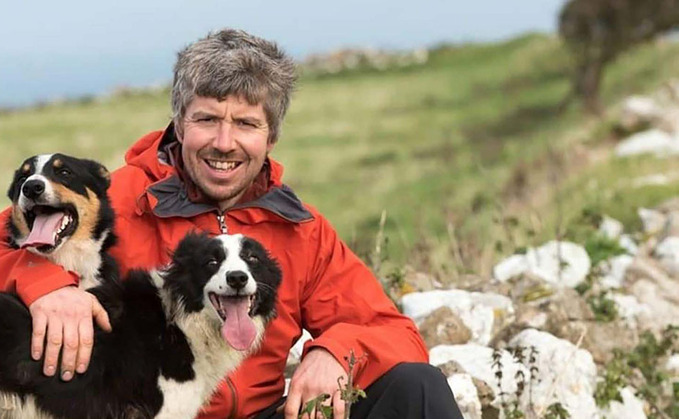As I look out at the picture-perfect snow covered fields, Im thankful were not lambing for another three weeks.
Positioned on a coastal peninsula and reaching 200m at its highest point, snow at Parc 51AV��Ƶis a rarity, but has certainly made itself known this week with every kind of snow from every direction.
��
The ewes have coped well, finding shelter on the open mountain or having the luxury of the barn within the farm walls.
��
I too have followed their lead and retreated indoors for a couple of afternoons in front of the log burner, the perfect excuse to go through my vat return and what will be my penultimate Basic Payment Scheme application.
��
The area-based scheme in Wales is being phased out in the medium term and will be replaced by the Sustainable Farming Scheme.
��
Following the payment change already made across the border, Wales is in the fortunate position to learn from the teething troubles of Englands Environmental Land Management (ELM) scheme.
��
With both striving for similar objectives, notable comments such as its the greatest catastrophe for nature and farming in a lifetime, doesnt fill me with confidence.
��
Payments made under ELM are reportedly down 65 per cent in comparison to previous EU subsidies.
��
Surely a glaring knock-on effect will be to force many upland farmers into becoming more intensive.
��
I understood that a new payment system would encourage farmers to provide public goods, such as carbon sequestration, wildlife habitat and food security.
��
In contrast, many England upland farmers say they are getting less money than their lowland counterparts for providing the same public benefits.��
��
The immense challenges of record inflation and the detrimental impacts from trade deals mean that the agricultural sector needs the right financial support more than ever before.
There is clear pressure on the Welsh Government to come up with a solution that can go a long way to meeting everyones needs.
��
On this side of the border, approaching the elusive date for these changes comes with caution, but Im hopeful that if anyone is in an established farming system to tick the new form boxes, then I should be.��
��
My farming system prioritises restoration of limestone habitats and its flora and fauna, maintained by correct grazing levels, ironically something which traditional upland grazing systems do and could make more of given the right support.��
��
A great example of how this grazing system, given enough time and planned management, has worked here is the Great Orme Berry.
��
The rarest of the 360 plant species found on the peninsula, this indigenous cotoneaster grows nowhere else on earth.��
��
After seven years of work, planting seeds and nurturing new growth by Treborth Botanic Gardens, nine new saplings have been planted on the farm, joining the six remaining wild bushes.
��
By planting them within the farm walls, we can focus the controlled grazing for such rare plants and give them the best chance to regenerate this once dwindling plant species.
��
Its now over to the Herdwicks to give these plants their best chance of flourishing and up to the farm wall to keep the feral Kashmiri Goats at bay.

